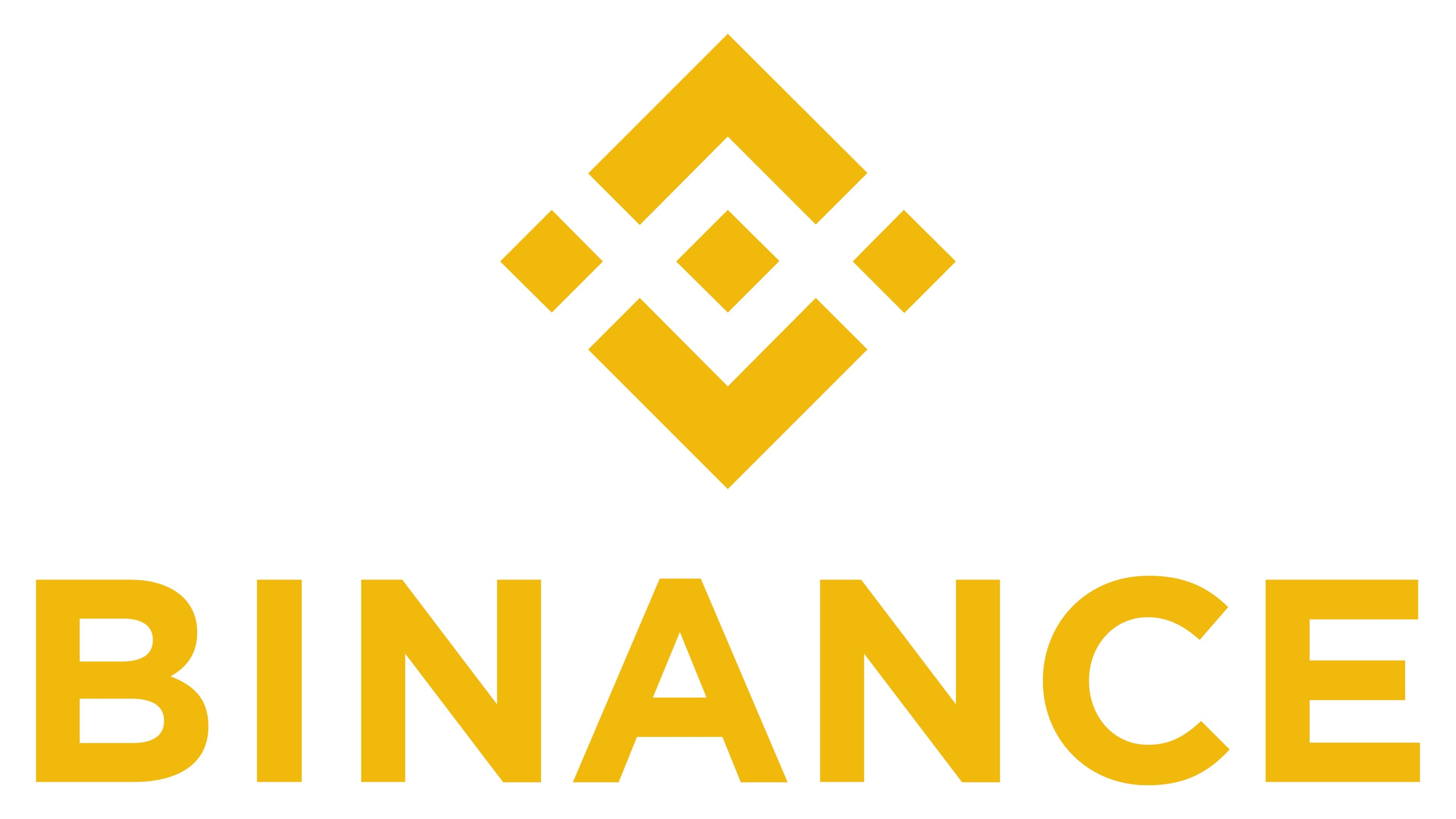So I was thinking about how much the crypto landscape has changed, and wow, staking suddenly feels like the coolest kid on the block. Seriously? At first, I kinda shrugged it off as just another buzzword, but then I dove deeper and realized it’s this neat way to earn passive income by just holding coins. Yeah, sounds too good to be true, right? Well, not exactly.
Here’s the thing. Staking is more than just locking up your crypto. It’s about participating in securing the blockchain network and getting rewarded for it. The catch? You need the right wallet and platform, or you might be locking your assets away with zero returns. That’s why I always recommend using a trusted option like the binance wallet—it’s official, reliable, and user-friendly. I’m biased, but having your coins in the right place can make all the difference.
Now, let’s talk about blockchain bridges. Hmm… this part bugs me a bit. On one hand, bridges promise interoperability—moving assets between different blockchains seamlessly. On the other, they’ve proven to be security nightmares lately, with some hacks draining millions. Something felt off about trusting these bridges blindly. Initially, I thought they were the perfect fix for blockchain fragmentation, but then I realized the tech is still pretty raw. It’s like building a highway that’s open to robbers if you don’t lock it properly.
Anyway, moving assets across chains opens up a ton of possibilities. For example, you could move Ethereum-based tokens to Binance Smart Chain to save on gas fees or tap into different DeFi protocols. But remember, not all bridges are created equal, and some might lock your funds unexpectedly. So, a careful approach is key here.
Check this out—

Yield farming is where things get wild. It’s like the wild west of DeFi, where you put your crypto to work by lending it, providing liquidity, or staking it across platforms, chasing juicy returns. Honestly, it can make your head spin. I mean, some yields are crazy high, but that screams risk, right? Yeah, exactly. There’s a lot of moving parts, scams, and volatile markets involved. On one hand, you want to maximize gains, but on the other, you don’t wanna lose your shirt.
Here’s a personal story—I once jumped on a yield farm promising 100% APY. It was a rush. But, surprise surprise, the platform went offline two weeks later, and I barely got anything back. Lesson learned the hard way. Since then, I stick to more reputable setups, and yes, that often means using official wallets like the binance wallet to manage my assets securely. It’s not glamorous, but it’s safer.
Now, putting these pieces together—staking, bridges, and yield farming—creates a whole ecosystem that can be both lucrative and risky. It’s a balancing act. For example, you might stake coins on Binance Smart Chain, then use a bridge to move assets to Ethereum for yield farming. Sounds fun, but every step adds complexity and risk.
Honestly, my instinct says start small and learn as you go. Don’t just chase the highest APY or the shiniest new bridge. The crypto world is still the wild frontier, and even experienced folks get burned. But with the right tools, like a well-supported binance wallet, and a healthy dose of skepticism, you can navigate these waters much better.
Why the Right Wallet Matters More Than Ever
Okay, so check this out—wallets aren’t just digital piggy banks. They’re your gateway to everything crypto: staking, bridging, yield farming. Using an official and secure wallet reduces the risk of losing access or falling prey to scams. I mean, it’s very very important to have control over your private keys and transactions. The binance wallet ticks many boxes here—good security, multi-chain support, and seamless integration with Binance’s ecosystem.
But here’s a kicker—sometimes users get overly confident, thinking that staking or yield farming is “set it and forget it.” Nope. These strategies require ongoing attention. Market dynamics change, protocols upgrade, and bridges get patched or compromised. I’ve seen folks who left their funds staked for months only to find out the rewards had dried up or the protocol was sunsetted. So, keep an eye on your investments—don’t just stash your crypto and walk away.
And yeah, I get it—crypto can be intimidating. The jargon alone makes your head spin: liquidity pools, impermanent loss, slashing penalties… it’s a lot. But that’s what makes it exciting! It’s a fast-paced, ever-evolving space that rewards those willing to learn and adapt.
Oh, and by the way, if you want a good starting point, setting up your binance wallet is a solid move. It’s like picking a reliable truck before a long road trip. You want something sturdy, trusted, and easy enough to drive.
So yeah, staking, bridging, and yield farming aren’t just buzzwords—they’re powerful tools, but only if you respect the risks and prepare accordingly. It’s a bit like cooking a complicated recipe: get the ingredients wrong, and it’s a disaster. Get them right, and you’ve got a feast.
Common Questions About Staking, Bridges, and Yield Farming
Is staking safe for beginners?
Generally, staking on well-known platforms with official wallets like the binance wallet is relatively safe. But always do your homework and understand the lock-up periods and potential penalties.
How do blockchain bridges work?
They connect different blockchains to allow asset transfers. However, security varies widely, so choose bridges with strong track records and use official wallets to manage your assets securely.
Can yield farming generate consistent income?
Yield farming can be lucrative but is highly volatile. Returns fluctuate, and risks like impermanent loss or platform failure exist. Start small and use trusted wallets to mitigate risk.
Leave a Reply